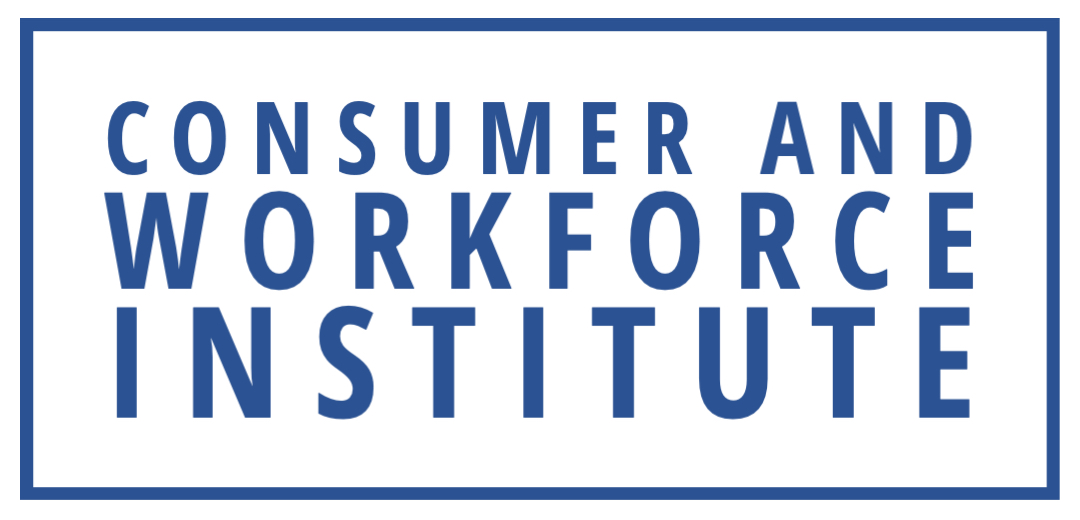Document Library
Research and Policies for a Better Economy
At the Consumer and Workforce Institute, a public policy think tank, we are interested in a range of concepts and ideas focused on supporting consumer choice and developing a strong workforce.
Academic Research
Various academic research articles on franchise laws, the work opportunity tax credit, and more.
Legislation
Various state and local legislation documents throughout the United States.
News Articles
Various news articles as curated by the Consumer and Workforce Institute staff.
This proposal authorizes a tax credit for employers hiring certain employees under the Federal Work Opportunity Tax Credit.
To amend chapter 135, RSMo, by adding thereto one new section relating to a work opportunity
Opportunities for advancement appeal to housekeepers, front-desk workers
Many lower-income Americans who left the workforce when the pandemic began three years ago are staying on the sidelines because of a lack of child care, a factor contributing to worker shortages and historically low unemployment.
Over the past ten years, public assistance programs have encouraged labor force par- ticipation as a route to self-sufficiency. The 1996 Personal Responsibility and Work Opportunity Reconciliation Act (PRWORA, or “welfare reform”) and significant expan- sions in the Earned Income Tax Credit (EITC) created the largest and most studied changes in the work incentives of the poor. However, some smaller programs that may also affect employment among the poor have been largely ignored in the policy dis- cussion. The Work Opportunity Tax Credit (WOTC), introduced in 1996, offers gener- ous subsidies to firms that hire disadvan- taged workers, including certain welfare recipients, food stamp recipients, people with disabilities, and others. The similar Welfare-to-Work (WtW) tax credit, imple- mented in 1998, offers firms potentially larger subsidies for hiring long-term wel- fare recipients. Although these programs are much smaller than cash assistance or the EITC, the tax credits totaled nearly $500 million in fiscal year 2003 according to the Office of Management and Budget (2005).
Franchising is an established business expansion strategy to help companies grow. Through a legal agreement, the franchisee sells a product or service using the brand name or operating system (or both) of the franchisor, typically in return for a lump sum payment and annual royalty fee. Most people immediately associate franchising with fast food restaurants. Interestingly, however, quick service restaurants are just a fraction of the entire sector, making up only a fourth of all franchised establishments, less than half of the workers, and just over a third of the economic output.
Labor shortages and high unemployment are dening characteristics of the economic fallout of the ongoing coronavirus pandemic.
While Maryland saw a net gain of 13,000 men entering the labor force from January 2020 to June 2021, the number of working women fell by 57,000 in the same time frame, according to the Maryland Department of Labor.
The Work Opportunity Tax Credit (WOTC) was created in 1996 and has been modified and extended repeatedly since. A separate but similar credit for long-term welfare recipients was consolidated with the WOTC in 2006. Recent program expansions have caused the annual cost of this credit to exceed $1 billion in recent years. WOTC is not designed to promote net job creation, and there is no evidence that it does so. The program is designed to encourage employers to increase hiring of members of certain disadvantaged groups, but studies have found that it has little effect on hiring choices or retention; it may have modest positive effects on the earnings of qualifying workers at participating firms.
In spring 2020, millions of Americans lost or left their jobs. While many continued to search for work, ready to take a job, others left the labor force entirely. Even as the unemployment rate has fallen back to historically low levels, the labor force participation rate (LFPR, which measures the share of the population that is employed or is unemployed and looking for work) remains depressed. This report takes a deeper dive into who is returning to work—and who is not—to better understand how the balance of the recovery might unfold.

Contact Us
Please submit the form to the right to reach out to our team.
